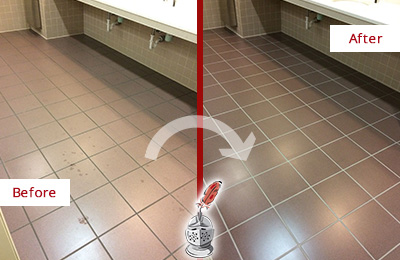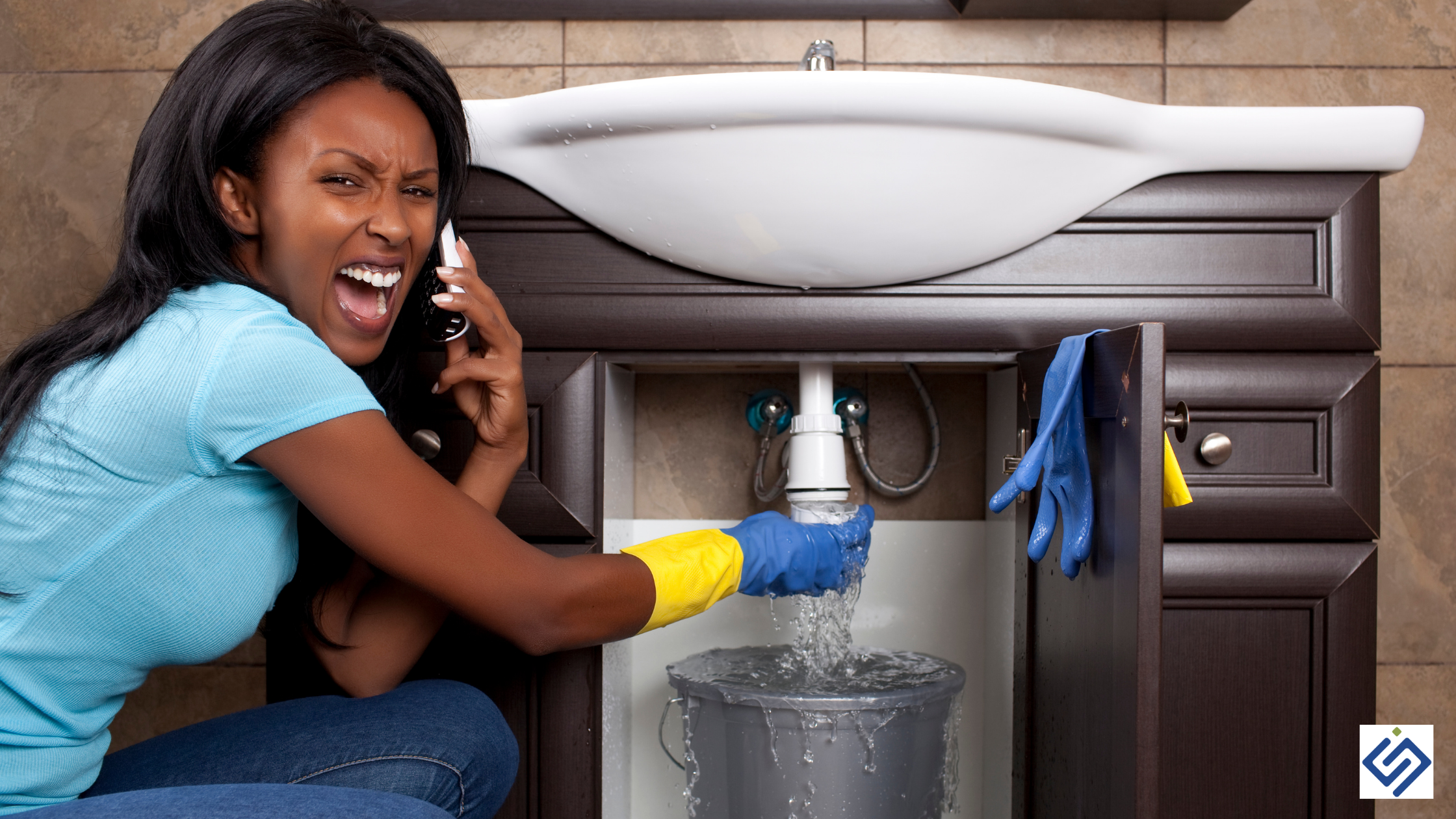Preventing Water Damage in the Bathroom
Preventing Water Damage in the Bathroom
Blog Article
How do you actually feel when it comes to Looking for Signs of Water Damage in the Bathroom?

The shower room is very susceptible for moist buildup and also prospective water damages as a result of the frequent use of water in it. This write-up uses easy examination methods to help identifying water damages risks.
The frequent use water in the restroom makes it extremely at risk for damp accumulation and also prospective water damages. By examining it regularly, you can minimize water related problems.
The complying with set of inspections is simple to carry out and also ought to be done once in every 3 months in order to keep your shower room in good shape and also to avoid possible water damages caused by the tub, the shower, pipe joints as well as plumbing, sinks, cabinets, as well as the toilet
Do not disregard carrying out these examinations and be complete while performing them. Bear in mind that these simple evaluations can conserve you a lot of cash by providing very early indications for water damage
Bath tub and Shower
The shower and also bathtub need unique attention and also maintenance. Inspect the floor tiles and change if cracked. Ensure that there is no missing out on grout between the ceramic tiles. Inspect as well as change cracked caulking at joints where the walls fulfill the floor or the tub. Blocked drains pipes and pipelines troubles will stop the bath tub from drying as well as might indicate major issues under the bathtub. Talk to an expert quickly to prevent structural damages. Take notice of stainings or soft areas around the bathtub wall surfaces as they might show an internal leak.
Plumbing
Signs for water damage are difficult to identify since most pipes are set up inside the wall surfaces.
Pay unique focus to flooring and walls wetness as well as discolorations as they might show an invisible plumbing problem. Inspect wetness degrees in adjacent areas too.
Sinks and also Cabinets
Sinks and cabinets are exposed to moisture as well as humidity everyday as well as are commonly ignored. Check consistently under the sink and also on the kitchen counter over it. Fix any kind of drip in the catch as it might recommend drainpipe issues. Check out the sink, sluggish draining pipelines might suggest a blocked drain. Replace sink seals if they are broken or loose.
The Toilet
The toilet is a vulnerable water joint. Examine the water lines and also look for leakages around the bathroom seat, in the pipe, as well as under the water storage tank. If you discover any type of signs of moisture on the floor around the commode, look for leakages in the toilet edge as well as tank seals.
Know that hanging bathroom bowl deodorants increases the chances for obstructions.
How to prevent bathroom water damage
Water damage is unique in that it builds up over an extended period of time, eventually leading to outbreaks of mould, softening of walls and ceilings, cracks in sealant and tiles, and distortion of base floors and frames.
Bathroom water damage is incredibly common, as we often don’t realise it’s happening until something major happens to attract out attention, such as a bulge appearing in the ceiling or the sealant connecting your bath to the floor becoming cracked.
We spread a lot of excess water around in our bathrooms, which seeps into tiny pores and cracks in all sorts of surfaces where conditions make drying difficult. Besides actual surface water, the steam which billows from our hot showers and freshly-run baths takes its toll as well over time.
Any leaking fixtures, such as taps, showerheads, or toilets, allow water to seep into cracks on floors, walls, and tiles – where mould can begin to bloom and rot sets in.
If you are a concerned homeowner looking to keep your bathroom in tip-top shape for an upcoming inspection, sale, or simply for your own enjoyment, this article will teach you how to identify and repair risks associated with water damage in your bathroom.
1. Keep your towel close to the shower/bath, and dry yourself off whilst still standing in the shower or bath. If you step out of the bath or shower, have a towel or bathmat on the floor for you to stand on. This stops excess water gathering on the floor and being splashed on walls. 2. Make sure that the extraction fan is switched on. This sucks some of the steam out of your bathroom, preventing condensation build-up on walls, ceilings, and floors. If your fan is faulty or broken, have it replaced as soon as possible. 3. If you think your toilet might be leaking, switch off the shutoff valve when you’re not using it. It can be difficult to spot toilet leaks sometimes, but if you hear a low, steady hiss coming from the tank, excess water is leaving the tank. Though this water is probably just going down the drain, any cracks or fissures in the bowl will cause small, constant leaks that can do significant damage to surrounding surfaces over time. 4. Try and clean your bathroom at least once a week. This includes wiping down surfaces with a cloth and then drying them thoroughly once you’re done. This will prevent mould and rot from setting in and damaging the surfaces in your bathroom. Check that sealant and grout are intact
Grout and sealant are the materials which fix your bathroom fittings in place, such as shower cubicles, bathtubs, and tiles. Regular prolonged exposure to moisture and heat in the bathroom can cause grout to crack and wear out. Check the grout and sealant regularly to make sure it’s free of stains and rot. Use a cleaning solution to clean the grout when you are doing the housework, and dry it thoroughly when you’re finished.
If you notice grout is missing or extensively damaged, you should remove any worn-out gout and clean the area thoroughly. Give it a good dry and let it sit for a bit, and then install new grout. This will prevent rot from spreading and stop your fixtures or tiles from shifting.
Check regularly for leaking pipes or spouts
If you see water dripping from a pipe or other fitting, you should have it repaired as quickly as you can. You can probably do it yourself by tightening the fittings or applying a plumbing putty or sealant.
Even small leaks become progressively worse over time, and the water they leak can accumulate underneath the floor or behind walls. If you are unsure about the extent of a leak, you should contact a professional blocked drain plumber for diagnosis and repair.
Check for leaks around the toilet and bath
When a bath, shower cubicle, or toilet are installed they are caulked into the floor. It’s important that you check this caulking regularly to make sure that it’s in good condition. If the caulk becomes damaged, the fixtures will leak and moisture will accumulate. Eventually this can cause the fixtures to shift and damage the floor, leading to further water damage.
Look for any signs of decay or rot
When you’re using or cleaning your bathroom, keep an eye out for any indication that rot, mould, or other forms of decay might be setting in. If you notice stains on surfaces or sealant, you will need to take action.
Make sure that there aren’t any loose tiles
Tiles in shower cubicles are particularly prone to coming loose. Make sure that all the tiles in your bathroom are fitting tightly and are adequately caulked. If you notice loose or shifting tiles, remove them as soon as you get the chance, clean and dry the area, and replace the tiles. You can use the same tiles you removed, just make sure you clean and dry them thoroughly before you replace them.
Check under the sink
This is an important one. Make sure that you look under your sink occasionally to make sure that the pipes and fittings there are in good condition. If they aren’t, water can accumulate in this space and spread rot to other surfaces. It can also damage the foundations of the sink fitting and damage the floor.
Install drain covers
Drain covers have a very important place in every bathroom. They work by keeping large particles, such as dirt clumps and hair, out of the drains where they could cause blockages. You probably already have drain covers over your drains, so make sure that they are kept clean and clear of debris. This will prevent any blockages from occurring in the drain, which could cause leaks and internal flooding.
https://blockeddrainplumbers.com/how-to-prevent-bathroom-water-damage

I hope you enjoyed reading our piece on Preventing Water Damage in the Bathroom. Many thanks for finding the time to read our piece. Those who enjoyed our blog entry please make sure you remember to pass it around. I take joy in reading our article about How to Repair and Prevent Bathroom Water Damage.
Additional Information Report this page